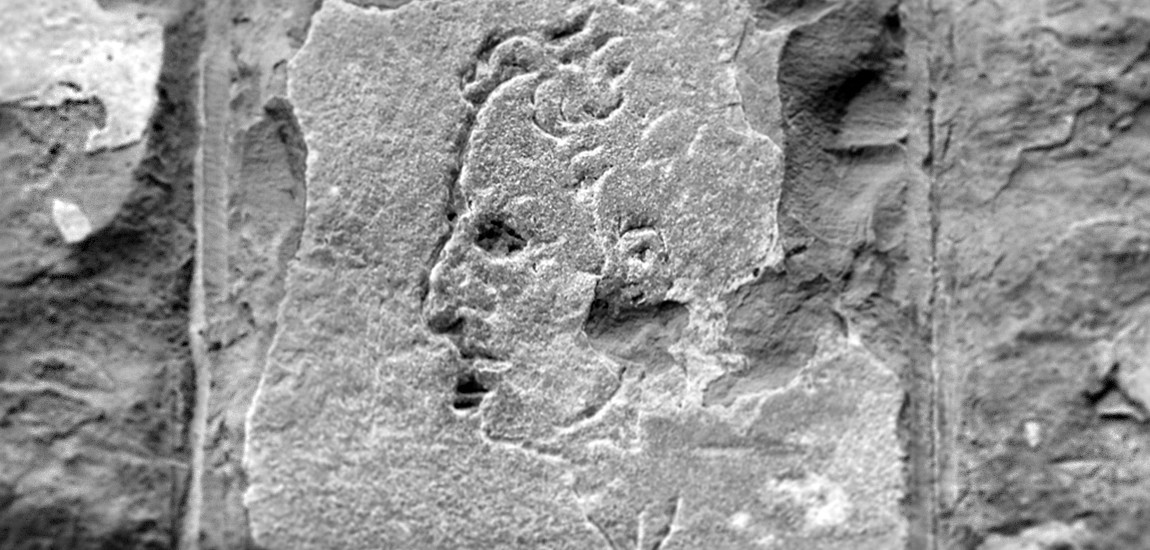
A vandal called Michelangelo Buonarroti
On the wall of Palazzo Vecchio, behind the statue of Hercules and Cacus by Baccio Bandinelli, you will notice, if you look closely, the face of a man engraved in stone.
According to the legend, Michelangelo Buonarroti himself is the author of this artwork.
Michelangelo was an excellent artist, but he had a really bad temper. Arrogant, full of himself - albeit with good reason - he wanted to show off his greatness and his talent in every situation. He was certainly not a person who one could easily take a liking to, and this story confirms it.
The story is well known in Florence, and as it often happens, there are several versions recognized by popular tradition.
The most famous of these versions tells of a man who used to bother continuously master Buonarroti, storming him with questions and requests.
One day, the artist, equipped with a chisel and bored to death by that pesky man, began to carve his portrait in the stone, with his hands behind his back, pretending to listen to him! That's why the title with which the portrait went down in history is the "importuno" (intrusive).
Another version of the story narrates
that Michelangelo, walking across Piazza della Signoria, noticed a crowd of
people gathered in front of the Loggia dei Lanzi. He approached them to see
what was going on, and discovered that under the loggia, tied to the pillory,
was a man who had contracted debts with many people. According to some, it
seems that the he owned a large sum of money to Buonarroti himself.
Michelangelo asked the guards how long the man was
supposed to suffer the punishment, but the answer was not to his liking:
according to him it was not enough, and the Florentines should have remembered
that swindler much longer!
So the artist went in front to the wall of Palazzo
della Signoria, right at the
corner on Via della Ninna, opposite to the loggia, and carved the profile of
the unfortunate on the stone, so that the people would remember forever that
poor man who had not paid his debts.
A third version of the story tells that
Michelangelo quickly depicted the face of a man sentenced to death that was on
the verge of being executed. Apparently a face that had particularly impressed
him.
Or even, that the artist had been challenged to
make a self-portrait without looking in the mirror, and with his hands behind
his back; a bet that - if this is what really happened - he must have certainly
won.
However the story really went, we could consider
this engraving on the wall of the Palazzo Vecchio as a proper act of vandalism.
However, a street artist like Michelangelo can certainly be forgiven!



